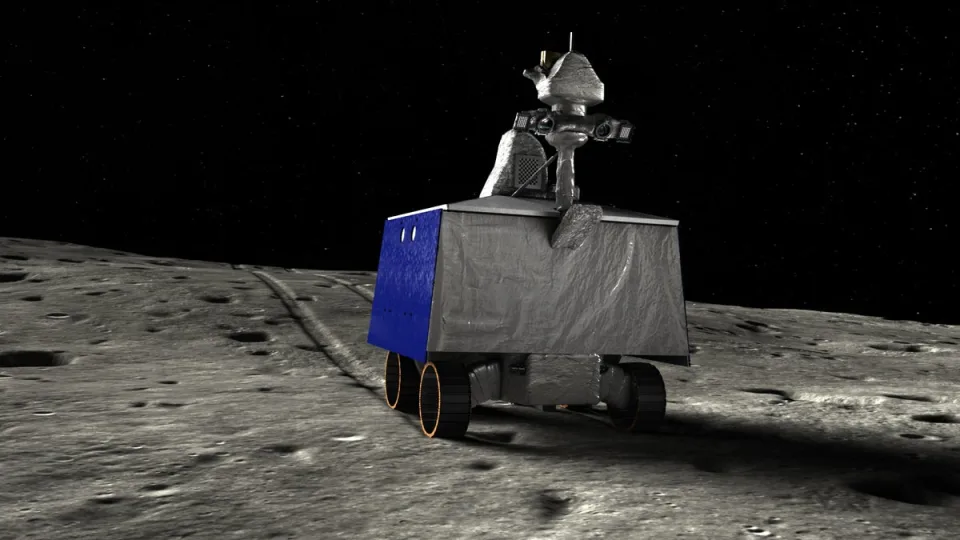How NASA's VIPER rover could revolutionize moon exploration with AI mission
NASA's set to leverage the AI revolution for its upcoming Artemis missions.

As NASA's second Artemis mission gets closer to launch, part of a program that's preparing for humanity's historic return to the moon, the agency is looking into using advanced artificial intelligence technology to speed things along.
NASA's Volatiles Investigating Polar Exploration Rover (VIPER), for instance, is set to revolutionize lunar exploration with its landing on the moon's Mons Mouton. The project, a cornerstone of NASA's ambitious Artemis program, will not only be a triumph of human engineering but also a showcase of the potential of AI in space exploration.
Unlike the self-aware robots of science fiction, however, the AI used in the VIPER mission will simply navigate the complexities and uncertainties of a real-time mission in a challenging environment. Nonetheless, it could mark a major step forward for lunar exploration, and perhaps future space adventures beyond our vicinity of the solar system. "AI allows VIPER to be more adaptable, flexible, resilient and efficient," Edward Balaban, VIPER's lead for strategic planning at NASA's Ames Research Center in California’s Silicon Valley, said in a statement. "It's a tool that allows us to use change as a strength." This adaptability is crucial when it comes to the moon's unpredictable and harsh terrain.
Related: NASA delays ice-hunting VIPER moon rover launch to 2024, a one-year slip
Central to VIPER's AI capabilities is the System Health Enabled Real-time Planning Advisor (SHERPA).
This tool will aid NASA scientists in decision-making by providing route options and assessing risks through extensive simulations. SHERPA's contributions have already proven especially vital in planning the rover's 100-day mission around the moon’s south pole, ensuring that VIPER navigates safely and effectively.
The rover's mission includes multiple stops at various science stations, chosen for their potential to contribute to understanding the moon's water distribution and the evolution of lunar volatiles. Once on the moon, SHERPA's role will extend from pre-mission route planning to real-time adjustments, helping VIPER find safe locations during communication downtimes with Earth.
Get the Space.com Newsletter
Breaking space news, the latest updates on rocket launches, skywatching events and more!
The collaboration between human decision-makers and SHERPA is iterative. The AI provides a planning template, which human operators will refine based on operational constraints and unexpected challenges. This process ensures a balanced approach, leveraging AI's analytical power and human expertise.
Beyond navigation, VIPER will employ temporal constraint planning, an AI subfield, to manage its activities within the mission's timeframe. This technique is critical for balancing scientific goals with the practicalities of lunar operations.
VIPER's journey, with AI as a key component, marks a significant advancement in space exploration as this mission demonstrates how combining AI with human ingenuity can enhance our capabilities to understand space, paving the way for future missions that further integrate these new technologies.
Join our Space Forums to keep talking space on the latest missions, night sky and more! And if you have a news tip, correction or comment, let us know at: community@space.com.
John is a science and technology journalist and Space.com contributor. He received his B.A. in English and his M.A. in Computer Science from the City University of New York, Brooklyn College, and has bylines with TechRadar, Live Science, GamesRadar, and other publications. You can find him on Bluesky at @johnloeffler.bsky.social or seeking out dark sky country for spectacular views of the cosmos.









